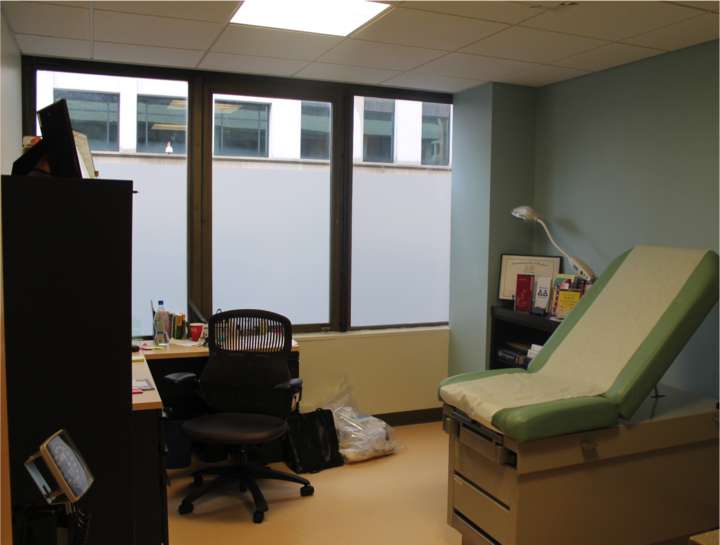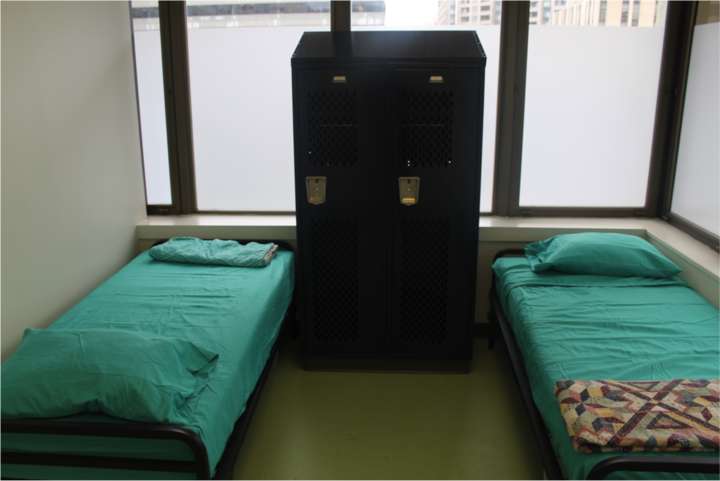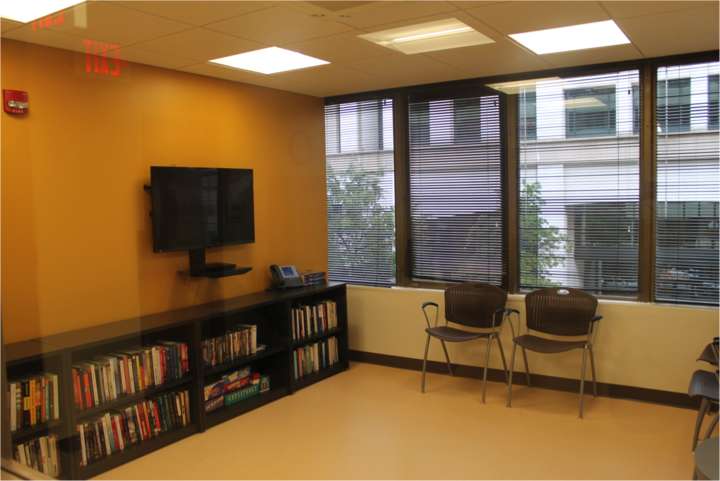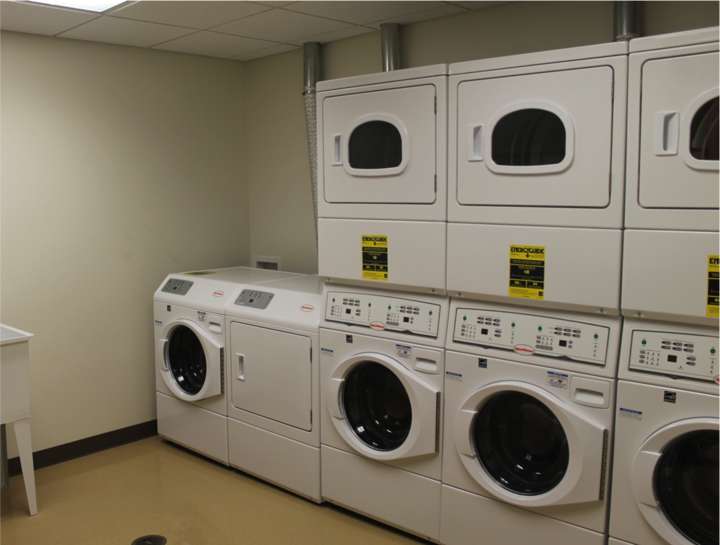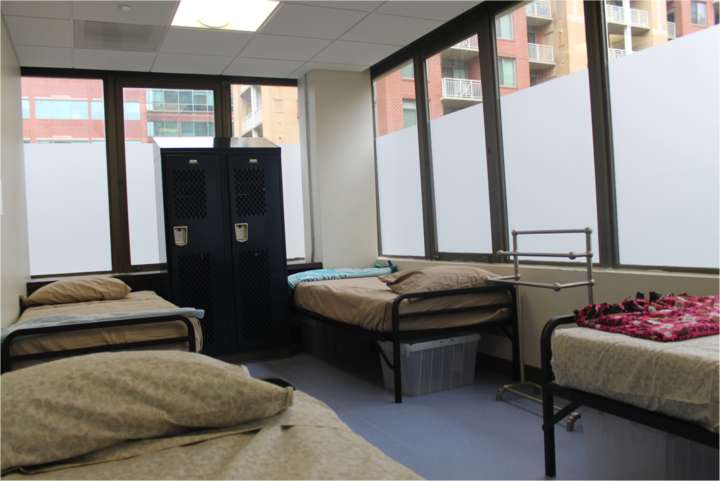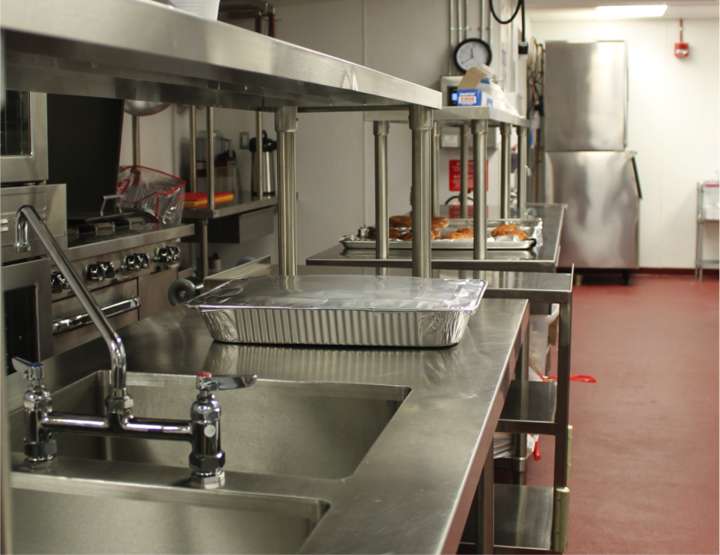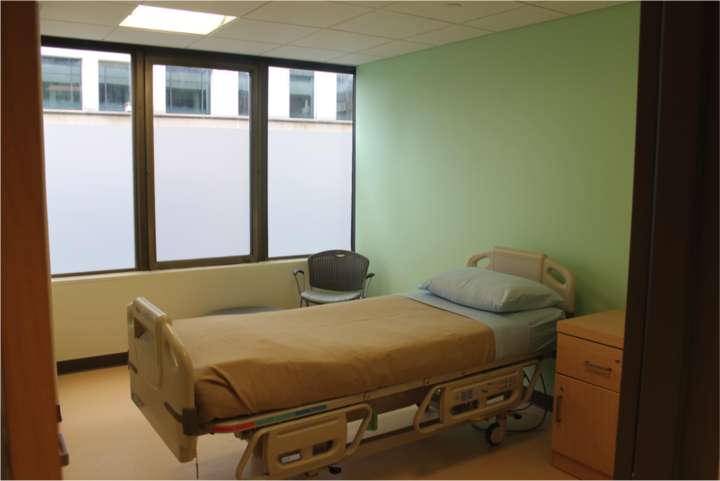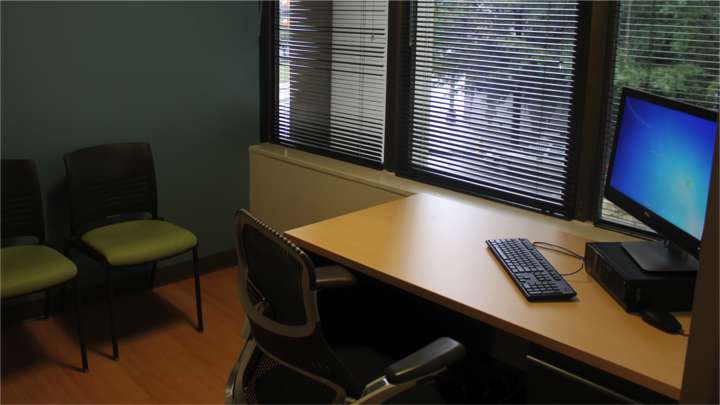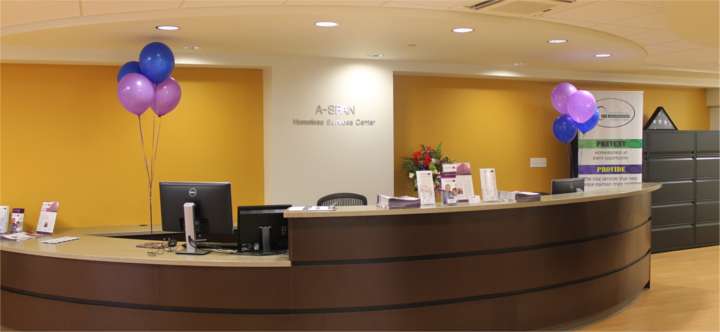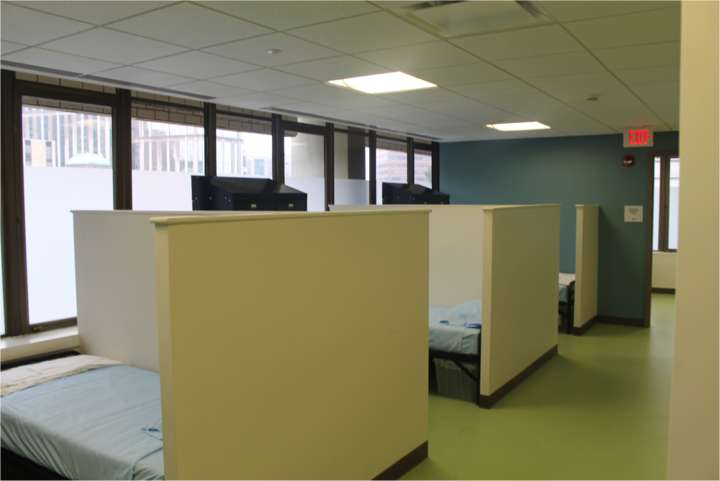Since 2013, Arlington’s chronic homelessness rate has dropped 64 percent, and it was the second community in the nation able to claim to have ended veteran homelessness.
This is no accident, officials say: it’s because of the county’s “housing first” model.
“A long time ago… the thought was you need to get someone ready to move into housing — and that has been completely debunked,” said Kathy Sibert, the president/CEO of nonprofit A-SPAN, which works to end homelessness in the county. “What you want to do is get people into housing and stabilized.”
This approach is part of Arlington’s “10 Year Plan to End Homelessness,” which was launched in 2008. The plan aims to ensure that no person or family lacks an adequate and affordable home.
“We try to get to the root causes of homelessness so that we can build the person up to a stable place where they can not only just get housing but maintain it for a longer time,” said Kurt Larrick, assistant director at the county’s Department of Human Services.
Arlington did see a slight increase in homelessness for 2017. In 2016, there were 174 homeless people, and in 2017 that number jumped to 232. However, Sibert said homelessness “ebbs and flows,” which she said helps t0 explain the uptick.
Once somebody is housed, Sibert said, it is much easier to work on their challenges. If they have substance-abuse problems or mental illness, authorities know where they live and can easily set up appointments for them.
Getting a job is much easier once a person is housed, too. Rather than spending each day waking up on the street, schlepping across the county to get breakfast, wandering somewhere else to take a shower, then trekking elsewhere to find clean clothes, when a person is housed they can do all those things in an hour, making it much more feasible for them to become employed.
“To get everything done that you [typically do] in one hour to go to work takes all day [for them],” Sibert said.
The Homeless Services Center in Courthouse, which opened in 2015 in an aging office building, was designed to help homeless individuals do all those things in one location, making it the first place of its kind in the D.C. metropolitan area.
The center has 50 year-round shelter beds, five medical respite beds, 25 extra beds in the winter, employment and life skills training programs, art classes, a full-time nurse practitioner, mental illness and substance-abuse counselors, showers, laundry and mail facilities, free meals three times a day and more.
It opens daily and provides shelter, medical respite and a day program. Its supportive housing programs have a 95 percent retention rate.
“What I’m hearing from business leaders as well as community members is they’re seeing less people on the streets [since the center opened],” Sibert said.
Prior to HSC, there was an A-SPAN-operated emergency winter shelter two blocks away, which was only open from November 1 to March 31.
“[HSC] allowed us to have a year-round shelter to serve that same population,” Larrick said. “We weren’t kicking people out on March 31, we were able to continue working with them. So, it formed a much stronger bridge to stability.”
Sibert explained that there will always be some people who live on the street, because for them it’s a lifestyle choice. Many such people suffer from mental illnesses which make them claustrophobic or antisocial, which deters them from living in a homeless shelter. It also makes them less likely to beg for money on the streets.
“Most homeless don’t panhandle because most homeless people don’t want you to know that they’re homeless,” said Sibert.
When a person frequents HSC where they shower every day, wear clean clothes, get free haircuts and take medication, passersby often have no idea they are actually homeless.
“It really is about treating them with dignity and respect and one of the things that I love about my staff is we never give up on anybody,” Sibert said.





